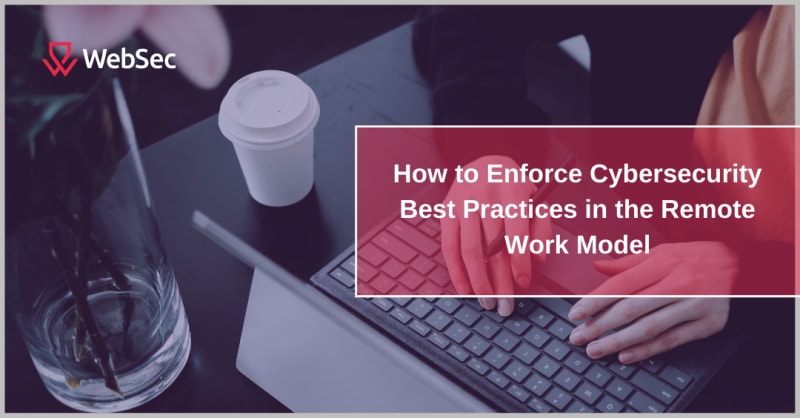
This massive acceleration in digital transformation has also altered the cybersecurity landscape. Consequently, organizations need to adjust and adopt strategies to reinforce their security framework. The work-from-home model comes with unique security challenges. Measures must be taken to plug loopholes and enforce best practices.
Here are key remote working security tips to protect your company from malicious cyber actors:
1. Training
When it comes to security breaches, humans are the weakest link. You can not achieve a high level of security reinforcement without appropriate employee training. Phishing attacks and social engineering are the major security challenges that affect remote work. In an office setting, cybersecurity measures are taken centrally and there is always a dedicated IT unit for it. On other hand, every employee that works remotely is responsible for instituting security best practices. Consequently, there is a need for in-depth training to furnish your employees with relevant knowledge.
2. Use a VPN
Malicious cyber actors are consistently scouring the internet for servers to infiltrate. Remote work increases the risk of a security breach To ensure workers connect to the organization’s servers securely, make the use of a VPN mandatory. With a VPN, data shared between your servers and workers’ devices are encrypted. Hackers can not easily intercept it. Take a step further to choose a premium VPN with advanced protection technologies.
3. Install a Firewall
A firewall helps to evaluate incoming traffic to ensure it meets the standard as defined by the firewall settings. This is useful in preventing malicious incoming traffic from infiltrating your network. In addition, mandate your employees to install antivirus programs. Having a reliable anti-malware suite on their systems is necessary to ward off hackers and protect their systems from attacks.
4. Password Best Practices
One of the major targets of hackers is to steal passwords through hacking, brute force attacks, and other methods. Hence the need to make passwords strong and secure. You can invest in a password manager to help employees generate and manage strong passwords. Make sure your remote workers use long, strong, and unique passwords that contain at least 12 characters with a mix of numbers, symbols, and upper & lower case letters.
5. Two-Factor Authentication
Implement two-factor authentication to reinforce security and compliance. This approach adds an extra layer of security - making it more demanding for hackers to gain access. Without implementing an extra layer of credential verification, accounts can easily be compromised just by stealing login details.
Wrapping Up
Implement strict policies to ensure your remote workers connect securely to the central network. They should avoid public Wi-Fi, restrict access to their devices, stick to custom email accounts, and ensure they transmit data only when they are connected to a VPN.
We can help you audit your security architecture and provide the framework for secure remote working. With WebSec, you can be sure that your confidentiality, availability, and integrity are secure! We will deploy our first-rate IT security consultants to work with you to plug every loophole. Contact us now!